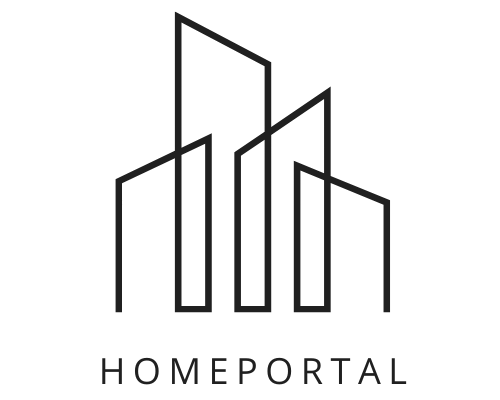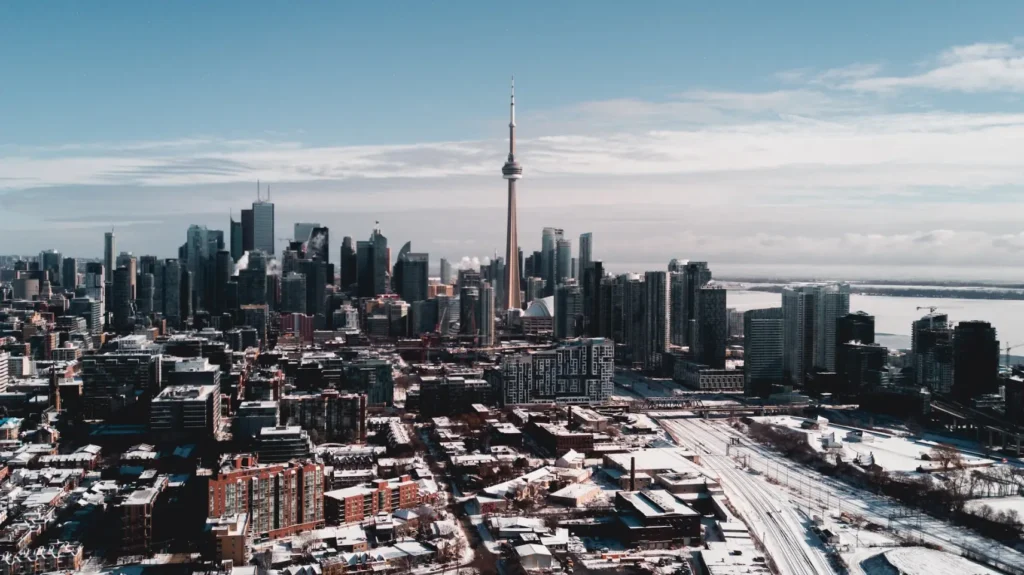What is the real cost of homeownership?
What is the real cost of homeownership? Many people who are buying their first house may need to take out a loan. There are costs associated with completing a purchase. These expenses can add up quickly, so it’s crucial to include them. It is not uncommon for there to be additional, unseen costs on top of all the regular ones. Following is a detailed explanation of everything. First Investment Costs The initial outlay of cash you’ll need to buy a home is called a “down payment,” and we’ll talk about that first. Your down payment must be cash that you now possess or have access to (for example, savings, a gift, or RESP withdrawal) (RRSP). The minimum down payment required by the Canadian government varies with the home’s buying price. First-time buyers, according to Patton, typically have a lesser down payment than repeat buyers because they don’t have any accumulated equity in a previous house. If you’re a homeowner and your home appreciates in value, you can put that money toward a bigger deposit on another property. Mortgage loan insurance, also known as mortgage default insurance, is an extra expense that must be accounted for by buyers who put less than a 20% down payment on a home. hidden expenses of buying a house Look into some of the hidden expenses of buying a house. Transaction Fees There are a few last expenses that must be covered before you can take legal ownership of your new house and turn in the keys. Money paid out for legal services, property insurance, interest adjustment, and title insurance are all examples. Although there is no universally accepted benchmark, these expenses usually amount to between three and five per cent of the home’s purchase price. Land Taxes The assessed value is used to calculate your property tax. There is an annual deadline for these, but if you add the amount to your mortgage payment each month, the lender can handle the payment on your behalf. Prices associated with the upkeep Maintaining a home is an ongoing responsibility. It takes time and money to complete any project, no matter how large or small. Even if significant maintenance tasks like re-roofing or replacing windows and doors aren’t required very often, it’s still crucial to keep track of them so you’re not caught off guard by an unexpectedly high bill when they do come up. The Price of an Emerging Situation Having some savings set aside in case of an emergency is a prudent move. Keep this in mind while you look for a property, as older homes may require more maintenance than a recent one. Some of the emergency repairs you should be ready for include: roof repairs, tree removal, bathroom sink/toilet repairs, appliance replacement, and HVAC system repairs.
What is the real cost of homeownership? Read More »





